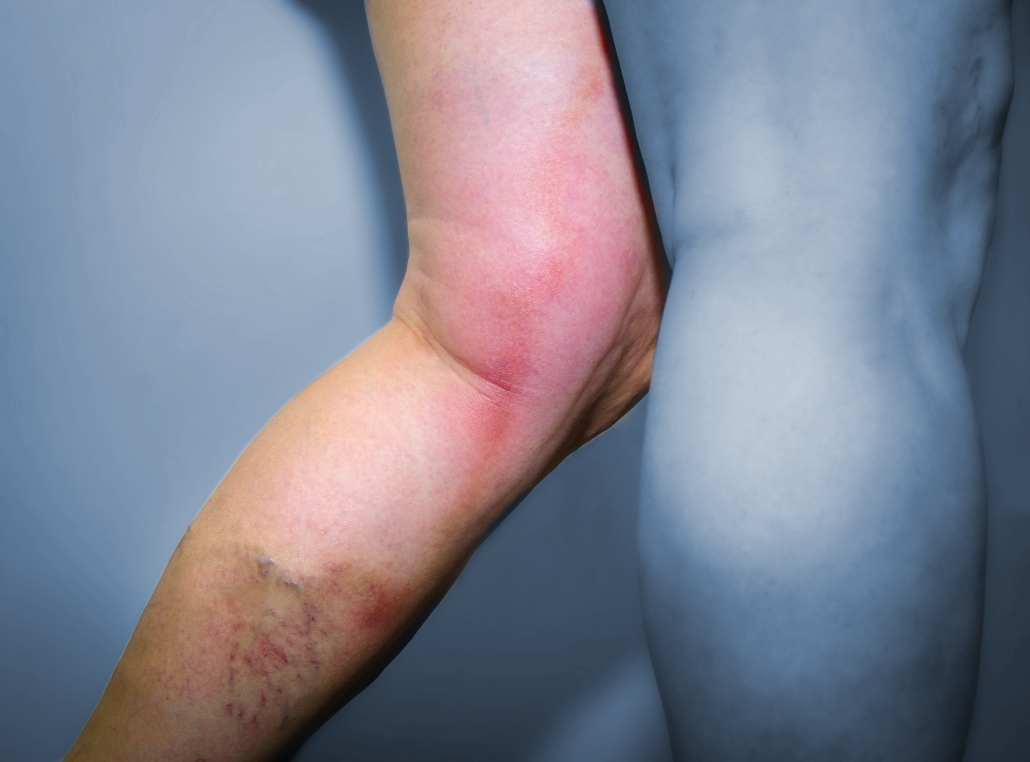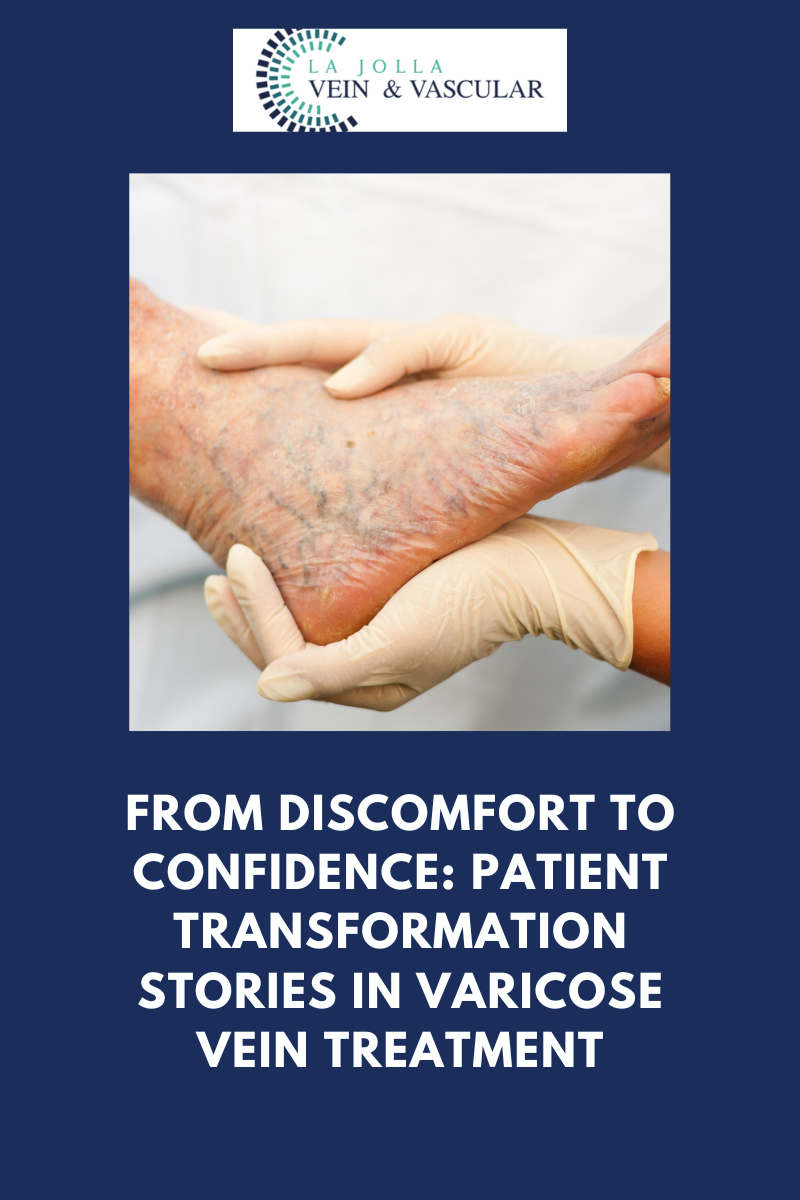What is a Superficial Thrombophlebitis?
A thrombophlebitis is swelling and inflammation of a vein caused by a blood clot. There are two main types of thrombophlebitits: deep venous thrombosis (affects deeper, larger veins) and superficial thrombophlebitis (affects veins near the skin surface). This is often referred to as an STP.
The following symptoms are often associated with thrombophlebitis:
- Inflammation (swelling) in the part of the body affected
- Pain in the part of the body affected
- skin redness (not always present)
- Warmth and tenderness over the vein
The following increase your chances for thrombophlebitis:
- Being hospitalized for major surgery or with a major illness
- Disorders that make you more likely to develop blood clots
- Sitting for a long period of time (such as on a long airplane trip)
- Varicose veins
An STP is a common complication of varicose veins. But, it can also indicate an underlying problem with blood clotting. In some cases, there may also be a concurrent blood clot in other veins, such as the deep veins (DVT) which can be serious. For this reason, a duplex ultrasound examination is used to look at the deep veins and other veins not visible to the naked eye for the presence of blood clots.
If it is localized to a small surface vein, it can usually be treated with aspirin or other anti-inflammatory medication to reduce pain and inflammation, compression stockings, and cold/warm packs to also reduce inflammation and discomfort. The discomfort is usually improved within 6 weeks but it can take a few months to resolve.
If the superficial thrombophlebitis is extensive or if it appears to be ‘migrating’ up the leg, a blood thinner may be necessary. You should see your doctor if you develop an STP.

A thrombophlebitis is swelling and inflammation of a vein caused by a blood clot. This patient has superficial thrombophlebitis, which is a blood clot in the superficial, surface veins. You can see redness in the inner thigh of this patient, which is caused by the inflammation and swelling from the blood clot. It can be very painful. You should see your doctor for superficial thrombophlebitis.





